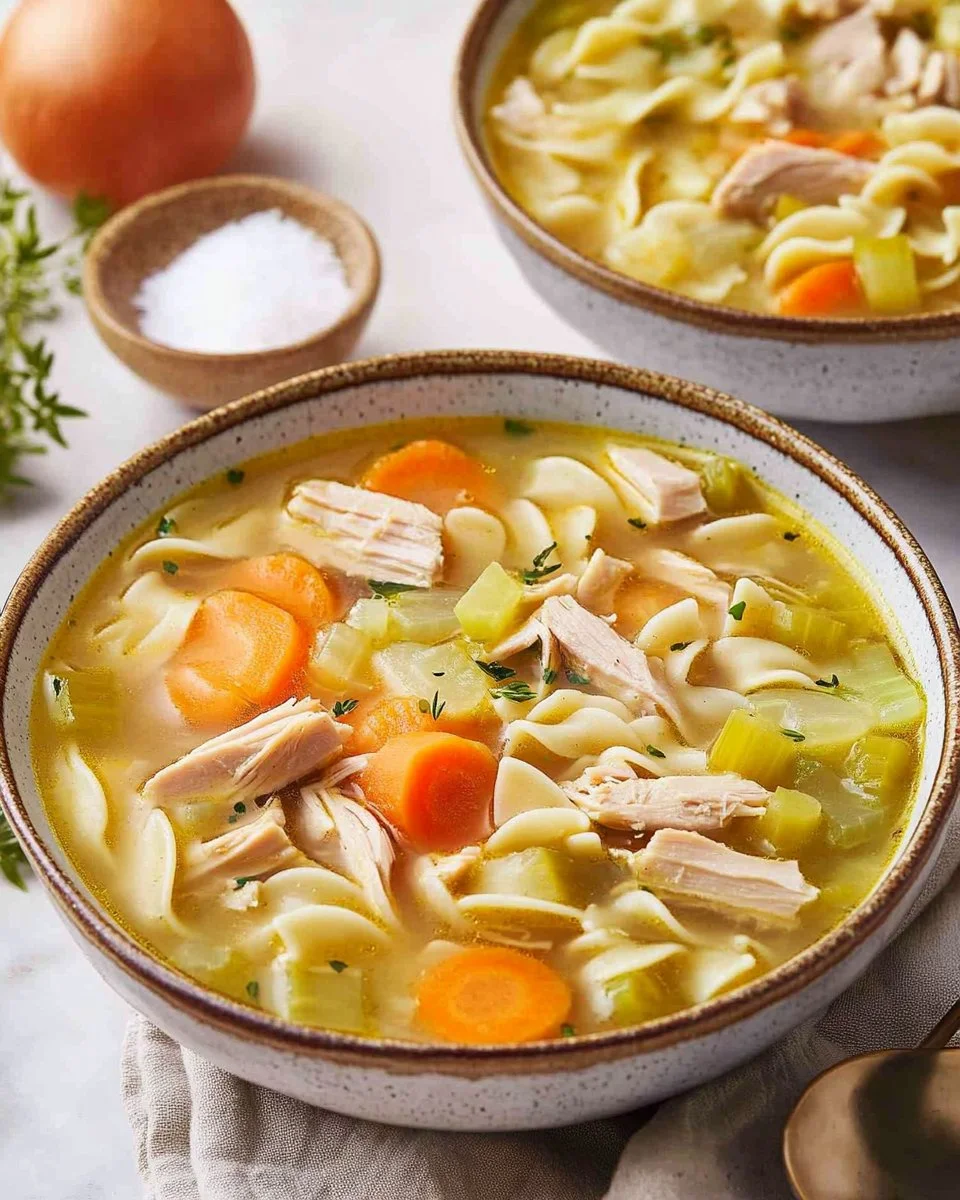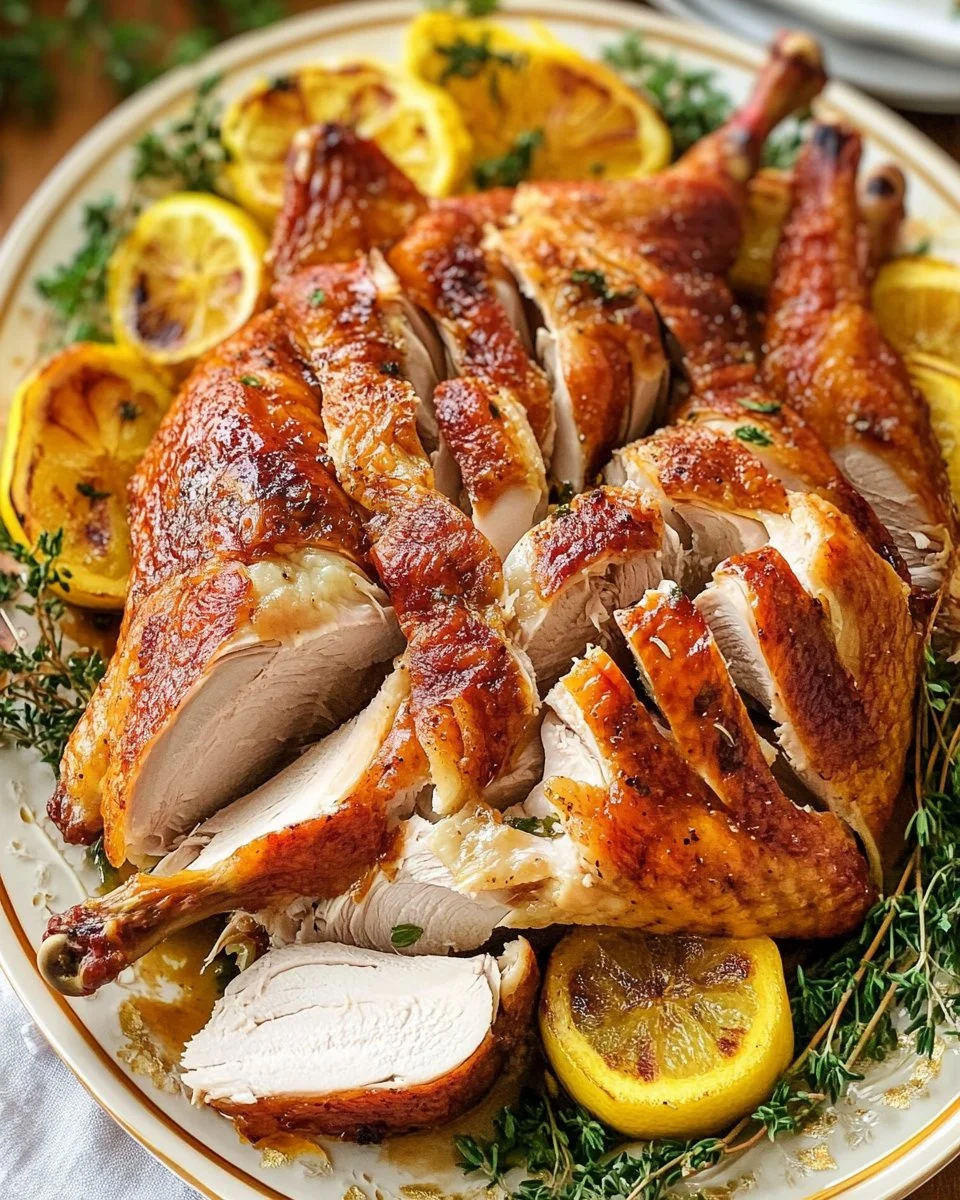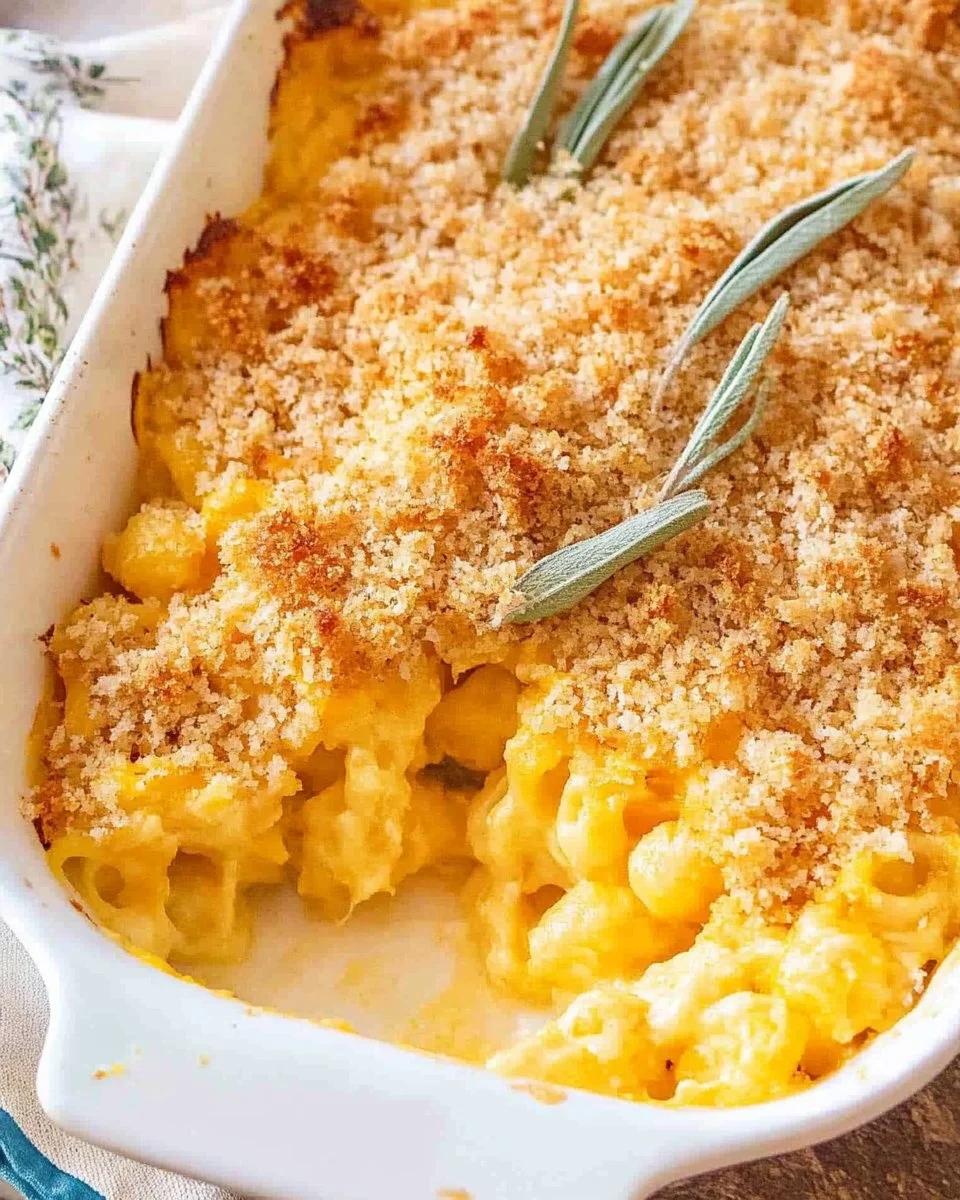If you’re looking for a dish that’s bursting with fresh, vibrant flavors and is incredibly versatile, look no further than a great Calabacitas Recipe! This traditional Mexican dish is a celebration of simple ingredients cooked to perfection. It’s a staple in Mexican cuisine, and for a very good reason – it’s delicious, healthy, and adaptable to many tastes.
What are Calabacitas?
Calabacitas, at its heart, is a Mexican squash dish. The word “calabacitas” literally translates to “little squashes” in Spanish. It typically features tender, cooked squash, often combined with other vegetables like corn, onions, tomatoes, and peppers. The dish has its roots in the indigenous cooking of Mexico, utilizing ingredients that were readily available and formed the basis of many traditional meals. It’s a testament to how simple, fresh ingredients can create something truly special.
Different Types of Squash Used in Calabacitas Recipes
While the name implies “little squashes,” several varieties can be used in a Calabacitas Recipe:
- Mexican Grey Squash: This is probably the most traditional choice. It has pale green skin and a mild, slightly sweet flavor.
- Tatuma Squash: Another common variety, very similar to Mexican grey.
- Zucchini: Yes, even regular zucchini works beautifully! It’s readily available and has a similar texture and flavor profile.
- Yellow Squash: Adds a pop of color and a slightly different flavor, but still complements the other ingredients.
- Round Zucchini
The key is to choose squash that is firm, without blemishes, and feels heavy for its size.
Is “Calabacitas” the same as Zucchini or Squash?
“Calabacitas” refers to the dish itself, while zucchini and squash are types of vegetables used in the dish. Think of it like “pasta” – pasta is the general term for the dish, but there are many types of pasta (spaghetti, penne, etc.). So, while a Calabacitas Recipe often includes zucchini or other squash, the word “calabacitas” represents the complete, cooked dish. It’s the prepared combination that creates the authentic flavor.
Regional Variations of Calabacitas in Mexican Cuisine
Just like many traditional dishes, calabacitas has regional variations across Mexico.
- Northern Mexico: Might include more cheese and sometimes meat.
- Central Mexico: Often features corn (elote) and tomatoes.
- Southern Mexico: May incorporate different types of chiles and local herbs.
These variations reflect the local ingredients and culinary traditions of each region, showcasing the adaptability of the dish.
The Classic Calabacitas Recipe: A Simple Starting Point
Let’s start with a basic, authentic Calabacitas Recipe. This will give you a solid foundation before we explore the exciting variations.
Ingredients for a Basic, Authentic Calabacitas Recipe
- 2-3 medium Mexican grey squash (or zucchini), diced
- 1 medium white onion, chopped
- 2 cloves garlic, minced
- 1 large tomato, diced
- 1/2 cup corn kernels (fresh or frozen)
- 1/4 cup chopped cilantro
- 1 tablespoon olive oil
- Salt and black pepper to taste
Step-by-Step Guide: Making the Classic Calabacitas
- Sauté the Aromatics: Heat the olive oil in a large skillet or pot over medium heat. Add the chopped onion and cook until softened about 5 minutes. Add the minced garlic and cook for another 30 seconds until fragrant.
- Add the Squash: Add the diced squash to the skillet and cook, stirring occasionally, until it begins to soften, about 5-7 minutes.
- Incorporate Tomatoes and Corn: Add the diced tomato and corn kernels. Stir well to combine.
- Simmer: Reduce the heat to low, cover the skillet, and let the mixture simmer for about 10-15 minutes, or until the squash is tender and the flavors have melded.
- Season and Serve: Stir in the chopped cilantro, salt, and pepper to taste. Serve hot.
Essential Spices and Seasonings for Calabacitas
While the basic recipe is delicious, you can enhance the flavor with these spices:
- Cumin: Adds a warm, earthy note.
- Oregano: A classic Mexican herb that complements the other flavors.
- Chili Powder: For a touch of heat.
- Epazote: A traditional Mexican herb with a unique, slightly pungent flavor (use sparingly).
Tips for Achieving the Perfect Texture
- Don’t Overcook: The squash should be tender but not mushy.
- Cut Evenly: Dice the squash into uniform pieces for even cooking.
- Adjust Liquid: If the mixture seems too dry, add a splash of water or vegetable broth.
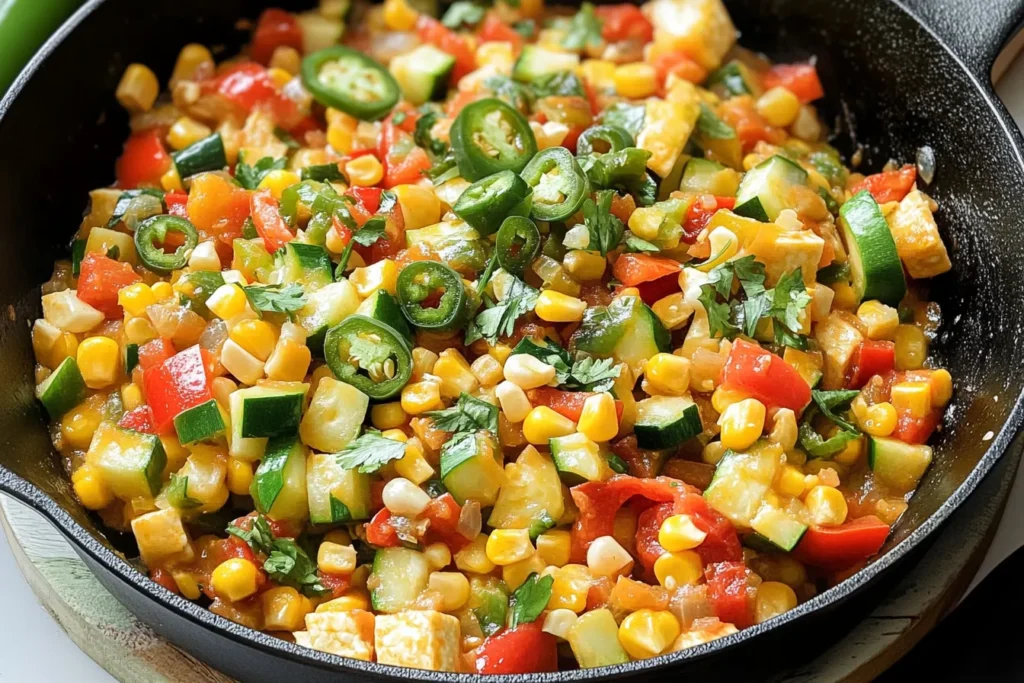
Calabacitas Recipe Variation 1: Calabacitas con Crema
This variation adds a rich and creamy element to the classic dish.
Ingredients for Calabacitas con Crema
- Follow the ingredients for the classic Calabacitas Recipe
- 1/2 cup Mexican crema (or sour cream)
- 1/4 cup milk (optional, to thin the crema)
Step-by-Step Guide: Making Calabacitas con Crema
- Follow Steps 1-4 of the Classic Recipe: Prepare the calabacitas as directed above.
- Stir in Crema: Once the vegetables are tender, remove the skillet from the heat. Stir in the Mexican crema until well combined. If the crema is very thick, you can thin it with a little milk.
- Serve: Serve warm.
Choosing the Right Type of Cream for Calabacitas con Crema
Mexican crema is the ideal choice, as it has a slightly tangy flavor and a thinner consistency than sour cream. However, sour cream can be used as a substitute. You can also use heavy cream, but you might want to add a squeeze of lime juice for a touch of acidity.
Spice Level Adjustments for Calabacitas con Crema
The crema tends to mellow out the spices, so you may want to add a pinch more chili powder or a few dashes of your favorite hot sauce if you like it spicy.
Calabacitas Recipe Variation 2: Calabacitas con Elote
This variation highlights the delicious combination of squash and corn.
Ingredients for Calabacitas con Elote
- Follow the ingredients for the classic Calabacitas Recipe, but increase the corn to 1 cup.
- Optional: 1 poblano pepper, roasted, peeled, and diced.
Step-by-Step Guide: Making Calabacitas con Elote
- Follow Steps 1-4 of the Classic Recipe: Prepare the calabacitas as directed above.
- Add Poblano (Optional): If using the poblano pepper, add it along with the corn.
- Serve: Serve hot.
Fresh vs. Frozen Corn: Which Is Best for Calabacitas?
Fresh corn, when in season, is always the best choice for its sweetness and texture. However, frozen corn is a perfectly acceptable substitute and is available year-round. Canned corn is generally not recommended, as it can be mushy and less flavorful.
Adding Heat: Incorporating Chiles into Calabacitas con Elote
Besides the poblano pepper, you can add other chiles for a spicier kick:
- Jalapeño: Finely diced, added with the onions.
- Serrano: For more heat, finely diced, added with the onions.
- Chipotle Powder: Adds a smoky heat.
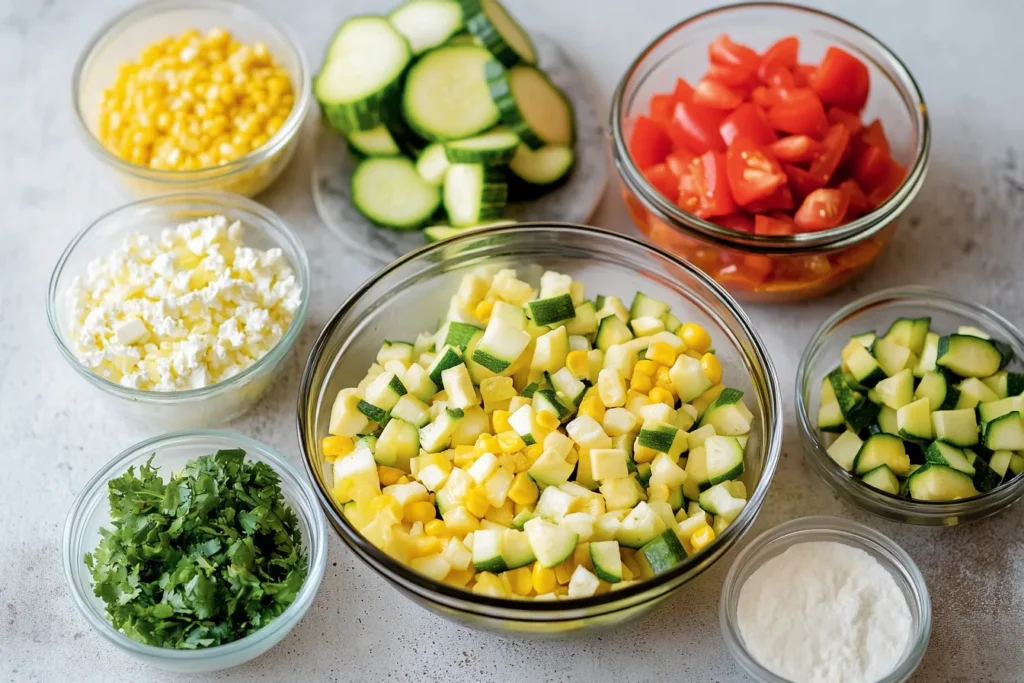
Calabacitas Recipe Variation 3: Calabacitas con Queso
This variation adds a cheesy, satisfying element to the dish.
Ingredients for Calabacitas con Queso
- Follow the ingredients for the classic Calabacitas Recipe.
- 1/2 cup shredded cheese (Monterey Jack, Oaxaca, Chihuahua, or Asadero)
Step-by-Step Guide: Making Calabacitas con Queso
- Follow Steps 1-4 of the Classic Recipe: Prepare the calabacitas as directed.
- Add Cheese: Once the vegetables are tender, remove the skillet from the heat. Sprinkle the shredded cheese over the top.
- Cover and Melt: Cover the skillet and let it sit for a few minutes until the cheese is melted and gooey.
- Serve: Serve immediately.
Best Cheeses to Use in a Calabacitas Recipe
- Monterey Jack: Melts well and has a mild flavor.
- Oaxaca: A stringy, melty cheese with a slightly salty flavor.
- Chihuahua: Similar to Oaxaca, but often milder.
- Asadero: A good melting cheese with a slightly tangy flavor.
Making it a Main Dish: Adding Protein to Calabacitas con Queso
To make this a heartier main dish, you can add:
- Cooked Chicken: Shredded or diced.
- Cooked Ground Beef: Seasoned with taco seasoning.
- Black Beans: Rinsed and drained.
- Pork: Shredded or diced.
Calabacitas Recipe Variation 4: Vegan Calabacitas Recipe
This variation adapts the classic dish for a vegan diet.
Ingredients for a Delicious Vegan Calabacitas Recipe
- 2-3 medium Mexican grey squash (or zucchini), diced
- 1 medium white onion, chopped
- 2 cloves garlic, minced
- 1 large tomato, diced
- 1 cup corn kernels (fresh or frozen)
- 1/4 cup chopped cilantro
- 1 tablespoon olive oil
- 1/4 nutritional yeast.
- Salt and black pepper to taste
Step-by-Step Instructions: Making Vegan Calabacitas
- Follow Steps 1-4 of the Classic Recipe: Prepare the calabacitas as directed.
- Add Nutritional Yeast: Sprinkle nutritional yeast over the cooked vegetables and stir to combine. This adds a cheesy flavor.
- Serve: Serve warm.
Substituting Traditional Ingredients with Vegan Alternatives
- Crema: Use a vegan sour cream or cashew cream.
- Cheese: Use a vegan shredded cheese alternative or nutritional yeast.
Ensuring Rich Flavor in Vegan Calabacitas
- Use Vegetable Broth: Instead of water, use vegetable broth for added flavor.
- Add Smoked Paprika For a smoky depth.
- Roast the Vegetables: Roasting the squash and corn before adding them to the skillet can enhance their flavor.
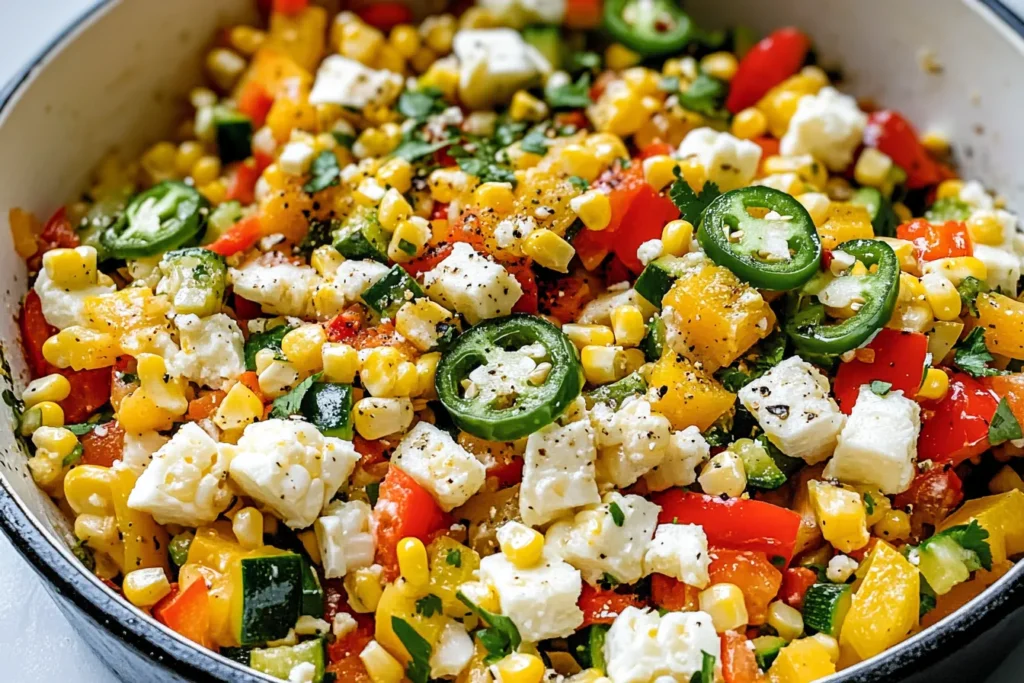
Calabacitas Recipe Variation 5: Spicy Calabacitas
This variation is perfect for those who like a little heat!
Ingredients for a Spicy Calabacitas.
- Follow the ingredients from the classic recipe.
- 1-2 Jalapeños or Serrano peppers.
- 1/4 teaspoon cayenne pepper.
How to make Spicy Calabacitas.
- Follow steps 1-4 from the classic recipe.
- Add the peppers when you add the onions.
- Add the cayenne pepper with the rest of the spices.
Best Chiles for Spicy Calabacitas.
- Jalapeños
- Serrano
- Habanero
Cooking times and serving ideas.
Cooking times are the same as classic recipes.
Serving ideas is also the same.
Tips for Making the Best Calabacitas Recipe Every Time
Choosing the Freshest Squash for Your Calabacitas
Look for squash that is:
- Firm: Avoid squash that is soft or spongy.
- Heavy for its Size: This indicates good moisture content.
- Blemish-Free: Avoid squash with bruises or cuts.
Properly Cutting and Preparing Vegetables for Calabacitas
- Uniform Size: Dice the vegetables into roughly the same size for even cooking.
- Don’t Peel: The skin of most squash used in calabacitas is tender and edible, so there’s no need to peel it.
For a detailed guide on how to safely and effectively cut various types of squash, check out this resource on Properly Cutting and Preparing Vegetables.
Avoiding Common Mistakes When Making Calabacitas
- Overcrowding the Pan: Cook in batches if necessary to avoid steaming the vegetables instead of sautéing them.
- Overcooking: The squash should be tender but still have a bit of bite.
- Undersalting: Don’t be afraid to season generously with salt and pepper.
Adjusting the Recipe for Dietary Needs (Gluten-Free, etc.)
Calabacitas is naturally gluten-free. For other dietary needs:
- Dairy-Free: Use vegan alternatives for crema and cheese.
- Low-Sodium: Reduce or omit salt.
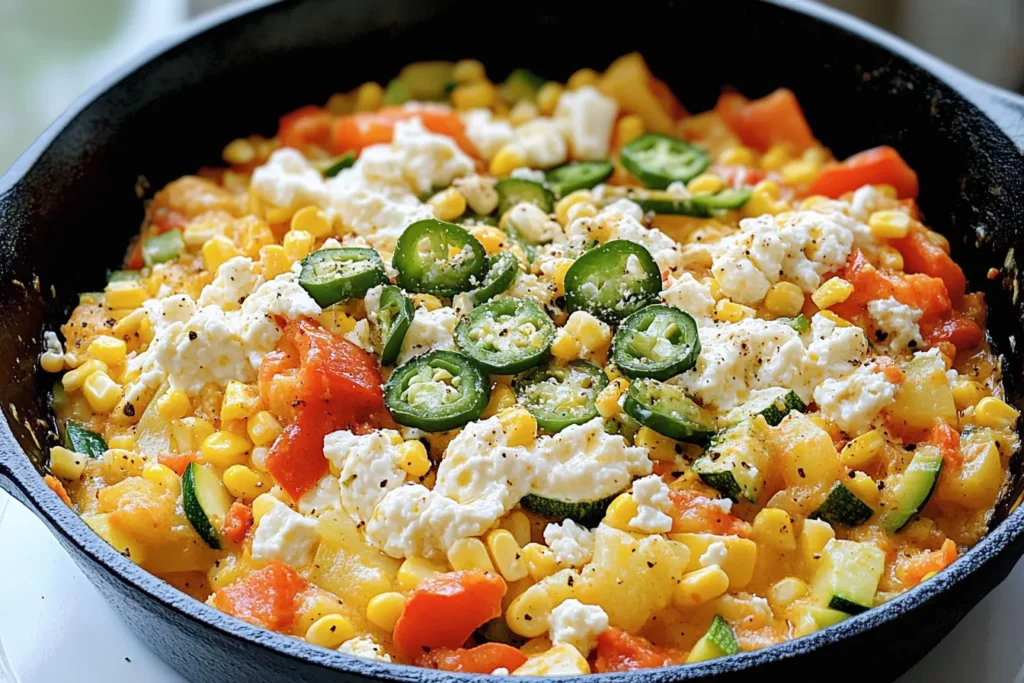
Serving Suggestions and Pairing Ideas for Calabacitas
Traditional Mexican Dishes to Serve with Calabacitas
- Rice and Beans: A classic combination.
- Enchiladas: Calabacitas makes a great side dish for enchiladas.
- Tacos: Use calabacitas as a filling for vegetarian tacos.
- Grilled Meats: Complements grilled chicken, steak, or fish.
Creative Serving Ideas: Calabacitas Tacos, Bowls, and More
- Calabacitas Tacos: Fill warm tortillas with calabacitas and your favorite toppings.
- Calabacitas Bowls: Serve calabacitas over rice or quinoa with beans, salsa, and avocado.
- Calabacitas Salad: Serve chilled calabacitas over a bed of greens.
Drinks that Complement Calabacitas (Aguas Frescas, etc.)
- Agua de Jamaica: Hibiscus tea.
- Horchata: A rice-based drink.
- Limeade: Refreshing and complements the flavors of the dish.
Making it a Complete Meal: Adding Protein and Grains
- Add Beans: Black beans, pinto beans, or chickpeas.
- Add Quinoa or Rice For a more substantial meal.
- Add Tofu or Tempeh For a vegan protein source.
- Add Chicken or Beef
Frequently Asked Questions
Can I Freeze Calabacitas?
Yes, you can freeze cooked calabacitas. Let it cool completely, then transfer it to an airtight container or freezer bag. It will keep for up to 2-3 months. Note that the texture may change slightly after freezing and thawing.
How Long Do Cooked Calabacitas Last in the Refrigerator?
Cooked calabacitas will last for 3-4 days in the refrigerator.
Can I Use Different Types of Squash Interchangeably?
Yes, you can generally use different types of squash interchangeably in a Calabacitas Recipe, keeping in mind that the cooking time may vary slightly.
What’s the Best Way to Reheat Calabacitas?
Reheat the calabacitas gently in a skillet over medium heat or in the microwave.
What is the difference between Calabacitas and Mexican Squash?
Calabacitas is the name of the dish. Mexican Squash is one of the ingredients that is used in the dish, although the dish can be made with a number of different squashes.
Conclusion
Calabacitas is a true gem of Mexican cuisine – a dish that’s both simple and incredibly flavorful. Whether you stick to the classic recipe or explore one of the many delicious variations, you’re sure to enjoy this healthy and versatile dish. From creamy Calabacitas con Crema to cheesy Calabacitas con Queso, and even vegan and spicy options, there’s a Calabacitas Recipe for everyone. So gather your ingredients, get cooking, and discover the magic of calabacitas! Now that you have learned several different ways to make it, go try them out.

